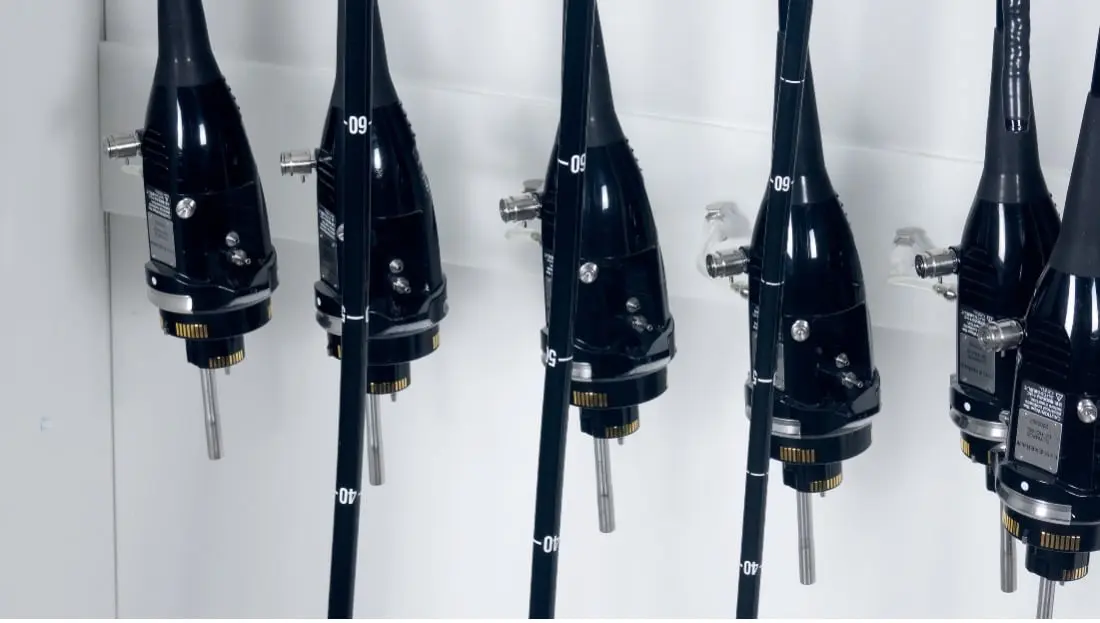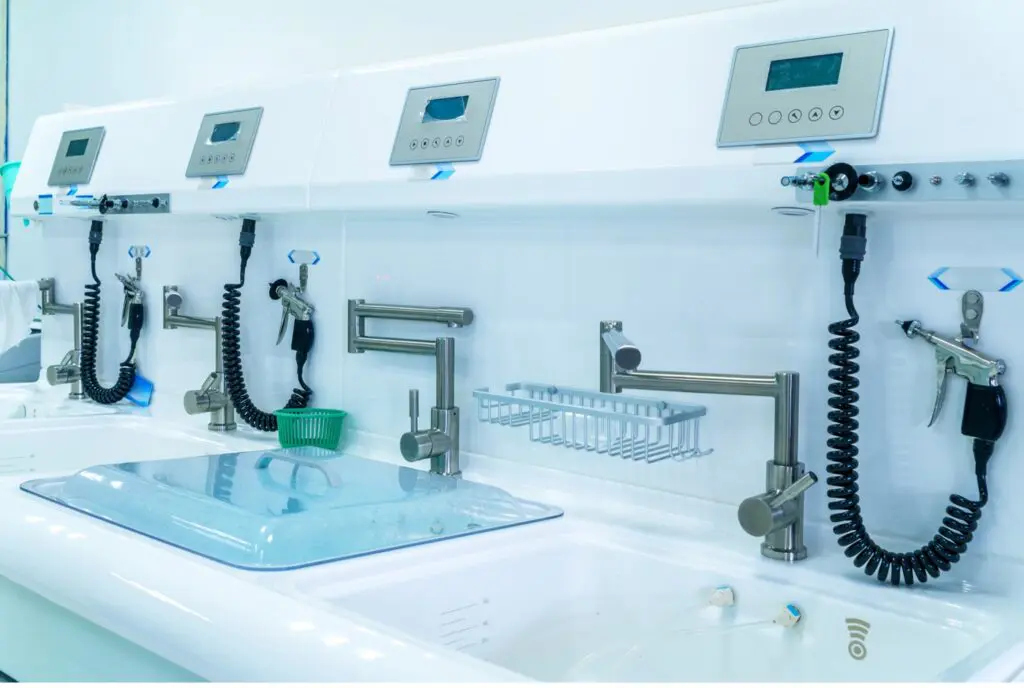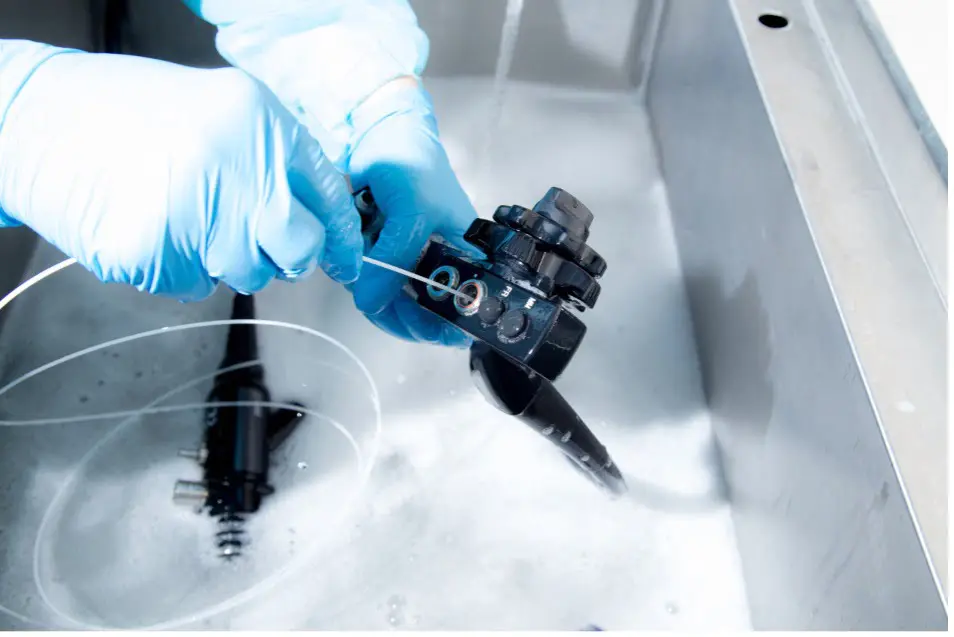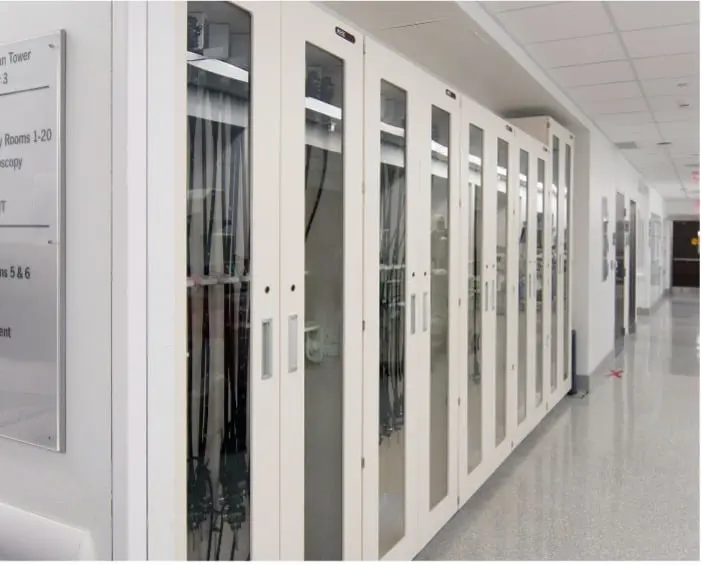
Endoscopes are important medical devices utilized by healthcare facilities to screen, diagnose, or treat patients. When facilities utilize reusable endoscopes, there’s a risk of infection if proper manufacturer reprocessing steps aren’t followed. To minimize the risk, the Association for the Advancement of Medical Instrumentation (AAMI) has collaborated with the American National Standards Institute (ANSI) to establish the ST91:2021 guidelines for sterilizing endoscopes. Ensuring strict compliance with these guidelines is vital to ensure the safety of patients undergoing endoscopy procedures at your facility.
Healthcare facilities in the United States conduct over 20 million endoscopy procedures annually, which involve contact with a patient’s tissue and mucous, posing risks of person-to-person and environmental infections. Inadequate sterilization and storage practices can result in potential disease and outbreaks within your facility. It falls upon an organization’s leadership to establish policies, provide training, ensure the availability of suitable equipment, and implement relevant guidelines to address these concerns.
The ST91 guidelines are comprehensive and detailed, aimed at keeping patients safe and reducing complications. Endoscope reprocessing has traditionally relied on manual cleaning and high-level disinfection. The revised ST91: 2021 guidelines provide added importance to drying and storing flexible endoscopes. If organic residues and infectious material persists in the endoscope channels due to reprocessing failures, they can multiply if moisture is present. Proper drying is crucial for ensuring patient-ready scopes. Meticulous storage conditions and equipment are essential for keeping the endoscopes contamination-free after reprocessing.

The ST91 guidelines developed by the AAMI and ANSI provide comprehensive guidance to achieve best practices for cleaning, disinfecting and/or sterilizing, drying, packaging (where required), and storage of endoscopes. The guidelines are data-based and aimed at improving patient safety. They cover:

The ST91 guidelines define specific drying and disinfection times, eliminating the need for lengthy disinfection basin processes and improving your hospital’s endoscope usage.
The U.S. FDA (Food and Drug Administration) is concerned about the risks of infections associated with reprocessed endoscopes. The FDA recommends that all healthcare facilities follow one of these steps:
It is important for your facility to follow all recommended infection control practices. Your facility must report any adverse events related to the use of endoscopes (including infections) to the manufacturer and the FDA under the medical device reporting regulations. Stringent compliance with the ST91 guidelines will improve patient safety and reduce the need for such reporting.
ST91 compliance requires significant changes in facility-wide practices. Staff training and equipment acquisition are likely to need considerable capital outlay. All personnel engaged in endoscope reprocessing should undergo formal training followed by competency verification. You may also need to procure appropriate equipment.
A three-basin setup of adjustable height will facilitate your staff to perform disinfection effectively and without physical stress.

Endoscope drying cabinets come with many valuable features. These include pressure-regulated forced instrument-grade air or HEPA-filtered air that helps the endoscope’s internal lumen to dry. The positive pressurization inside the cabinet stops free-floating debris in the environment from entering the cabinet. A well-specified endoscope drying cabinet will provide safety and efficiency beyond standard scope storage cabinets and help your facility meet and maintain ST91 compliance.
Drying cabinets reduce the risks of retained moisture and microbial contamination. You can minimize the costs associated with ST91 compliance by acquiring one scope drying cabinet and then storing the reprocessed endoscopes in a standard scope storage cabinet. The requirements may change over time and require drying in storage. Drying and storage cabinets should be kept away from basins to avoid water-borne contamination due to splashing.
Capsa Healthcare’s TruAir™ Scope Drying Cabinets are ST91 compliant and have four configurations to accommodate 4 to 18 endoscopes. Capsa Healthcare’s cabinets are an excellent investment; you can upgrade them to meet changing requirements. Your facility can implement future changes swiftly and avoid completely replacing existing solutions.
Capsa Healthcare is a trusted healthcare support organization committed to serving the industry and delivering expertise. Products are engineered for dependability and durability. When you need technical support or service, Capsa Healthcare has a comprehensive service program designed to help you maintain uninterrupted care delivery.
Physicians at your facility use endoscopes for medical procedures, and it’s crucial to reprocess these devices after each use to prevent infections. Endoscopes are costly and delicate instruments, and proper cleaning and disinfection require expertise and suitable equipment.
The ST91 guidelines offer detailed guidance to your staff on safely processing reusable endoscopes and accessories, ensuring patient safety, and teaching effective reprocessing methods. Choosing equipment carefully to maintain ST91 compliance in your hospital is essential. The magnitude of the pharmacy industry means that organizations and pharmacists must adopt cutting-edge technologies to keep up with demand and maintain efficiencies. Automation is one of the major enablement levers.
ST91 compliance not only improves your facility’s endoscope management and patient safety but also helps reduce hospital-acquired infections, which are vital for preventing healthcare-associated illnesses and controlling costs. Capsa Healthcare can assist you in selecting, obtaining, and operating the necessary equipment to adhere to these critical guidelines, providing expandable and upgradeable solutions to keep your hospital adaptable and prepared for the future.